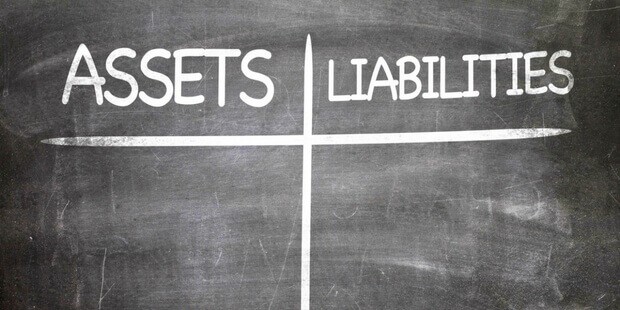
Knowing how to assess the financial health of your business is important. This starts at understanding assets liabilities & equity.
However, with so many different numbers, reports, and ways to look at those critical metrics of your business it can appear very difficult to do. Especially when trying to understand if you qualify for a small business loan or line of credit.
Fortunately, there’s a very simple equation that can help you assess the financial health of your business easily and with great reliability and it’s all about taking into account your assets, liabilities, and equity.
But how does it work and why exactly is it so important? What is it used for? Let’s dive in and learn more about assets, liabilities, and equity and how to give your business a financial check-up. This can be done by completing the accounting equation.
What is the accounting equation?
The ‘accounting equation’ is an equation used to determine the financial health of your business.
It does that by taking into account three separate categories. As you’ve already guessed, they are:
![]()
- Assets
- Liabilities, and
- Equity
However, it’s not so simple as just adding all of these things up. That’s where the accounting equation comes in.
The accounting equation is:
![]()
assets = liabilities + equity
The first part, equity is what you currently have before liabilities are taken away.
Next, liabilities are subtracted (the same as expenses and taxes is subtracted in an income or profit equation) and you’re left with the net result, your total assets.
Having said that, let’s dig a little more into each of the parts of this equation so you can understand them better.
Assets
Assets can be both liquid and non-liquid, including:
- Cash
- Other liquid assets such as bills
- Prepaid expenses such as rent
- Accounts receivable
- Inventory
- Securities (only accounts which can’t be liquidated within the coming year.
- Physical assets such as property and equipment
Ultimately, the accounting equation is balancing total assets with the sum equity and liability, equity being a positive and liabilities being a negative.
Liability
Liabilities are financial obligations, including things such as:
- Accounts payable
- Wages
- Rent
- Utilities
- Bank debt
- Interest and dividends payable
- Deferred tax liability
- Long-term debt
Equity
Equity is what’s left after you’ve subtracted liabilities from assets (another way of calculating the accounting equation).
Items included in equity can be:
- Common stock
- Owner draws, and
- Retained earnings
Why is the accounting equation important?
Knowing how to properly take into account your assets, liabilities, and equity is critical to the health of your business.
The accounting equation that uses each of these three accounting categories serves as a snapshot of where your business is at financially and, as a result, by comparing these snapshots you can see much more clearly the financial direction of your business. This can help you determine if you should apply for an unsecured business loan or more traditional bank debt.
How is this done? With a balance sheet.
Assets, liabilities, and equity at work: Your balance sheet
If your accounting is accurate, as you should hope it is, your balance sheet will always balanced. That means if you compare assets with the sum of your liabilities and equity, the two should always equal one another.
This system is called double-entry accounting and it refers to the fact that every entry affects two different accounting categories. Every purchase becomes a new asset and a liability, every sale removes an asset but increases your equity, etc.
Here’s a typical example of a balance sheet and how it uses the accounting equation, splitting up assets on the left side and equity and liabilities on the right:
![]()
For more information on how a balance sheet works and why it’s important, including a detailed example, read How to Create a Balance Sheet.
Understanding the health of your business is up to you
Understanding the difference between your assets, liabilities, and equity and how they all balance out is critical to assess the financial health of your business.
It’s up to you to make sure you’re business is as strong as it can be. And one of the most important ways to do that is by understanding how to look at your business metrics to tease out insights and feedback.
Click here to learn more about another critical accounting report, a P&L statement, in How to Prepare a Profit and Loss Statement.